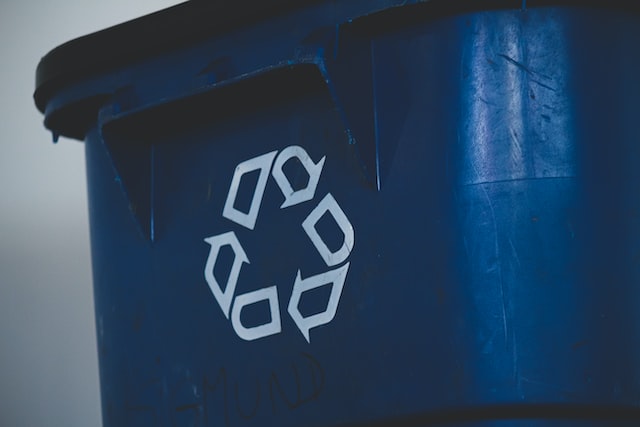
Recycling has significant economic advantages and is a crucial part of sustainability. The can is one of the recyclable items. Aluminum or steel cans are frequently used for packaging foods and beverages. In this blog post, we examine can recycling’s potential for economic gain in more detail.
Can Recycling
Recycled cans are made into new cans by melting down the original metal cans. Because it requires less energy, recycling aluminum is more environmentally and economically beneficial than producing new aluminum. Recycling metal reduces greenhouse gas emissions, uses less landfill space, and conserves energy and natural resources.
Economic Benefits of Can Recycling
Can recycling has several economic benefits, including:
Job Creation:
From collecting and transporting cans to processing and producing new cans, the can recycling industry generates jobs along the entire supply chain. The industry supports the world economy by employing thousands of people worldwide.
Cost Savings:
Recycling cans lowers the cost of producing new cans by conserving energy and natural resources. Additionally, because recycled metal can be sold for less money, manufacturers can afford to use it.
Revenue Generation:
Can recycling lead to an increase in revenue for both individuals and organizations. Businesses can sell their used cans to metal recyclers, while individuals can collect and sell cans to recycling facilities.
Reduced Landfill Costs:
Can recycling lowers the amount of waste that is disposed of in landfills and saving waste disposal cost of municipalities and waste management firms.
Environmental Benefits:
Recycling cans have a long-term positive impact on the environment by lowering greenhouse gas emissions, conserving natural resources, and consuming less energy.
Challenges to Can Recycling
Despite the financial advantages of can recycling, there are still several issues that must be resolved to maximize its potential. Several of these difficulties include:
Low Recycling Rates:
Despite the fact that cans can be recycled, only about 50% of aluminum cans are recycled in the US, compared to about 71% of steel cans. This low recycling rate constrains the potential economic advantages of recycling cans.
Contamination:
Can contamination from food particles or other materials can make recycling them challenging. Consumer education and more advanced sorting and processing technologies can help solve this problem.
Transportation Costs:
It can be expensive to transport used cans to can recycle facility, especially in places with low population densities. Increasing the transportation system’s capacity can lessen this difficulty.
Price Volatility:
The profitability of can recycling businesses may be impacted by changes in the price of recycled aluminum and steel. These companies must implement strategies to control price volatility, like diversifying their products.
Conclusion
Can recycling increases revenue, create jobs, reduces landfill costs, and has positive environmental effects. It also offers significant economic benefits. Can recycling still has a sizable economic potential despite the difficulties. To fully realize the economic potential of can recycling, governments, companies, and individuals can take action to raise recycling rates, address contamination issues, upgrade transportation systems, and control price volatility.
